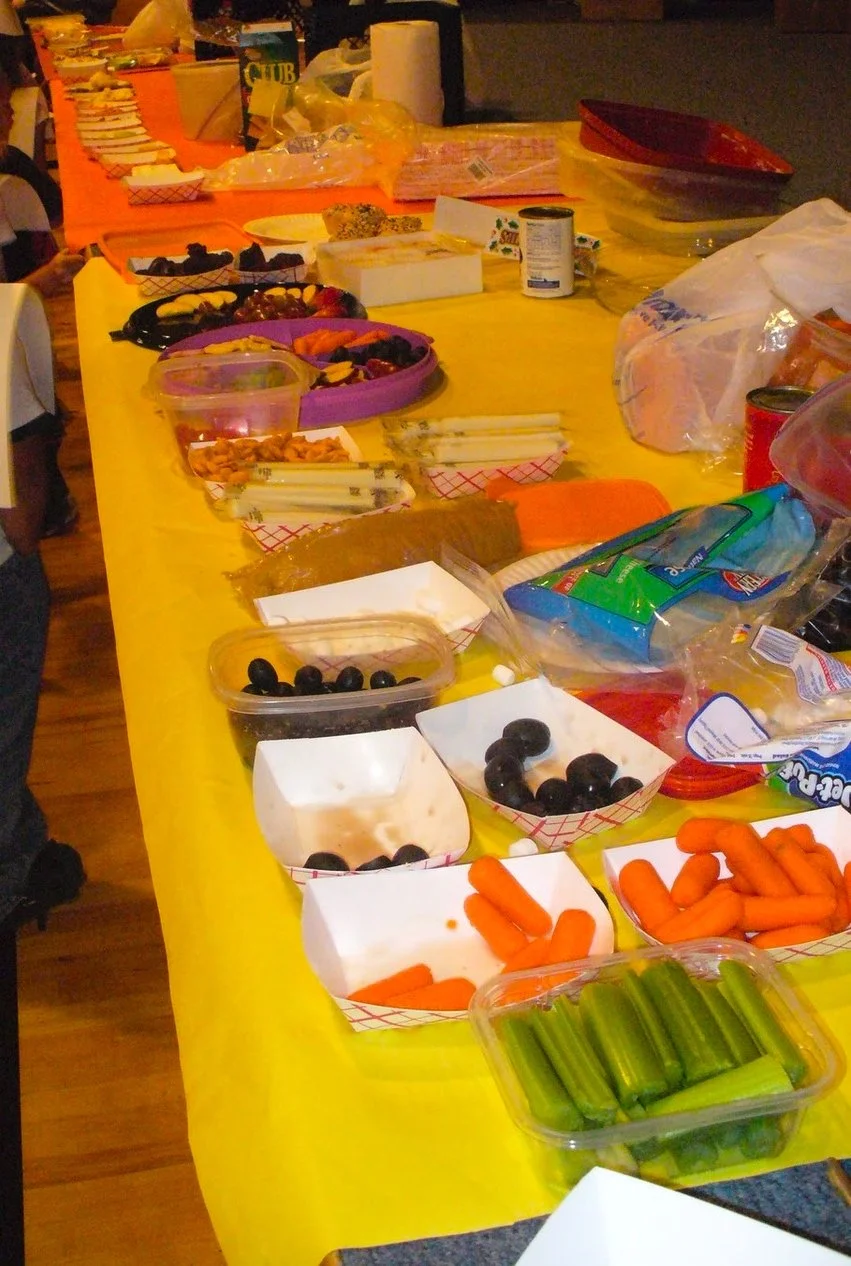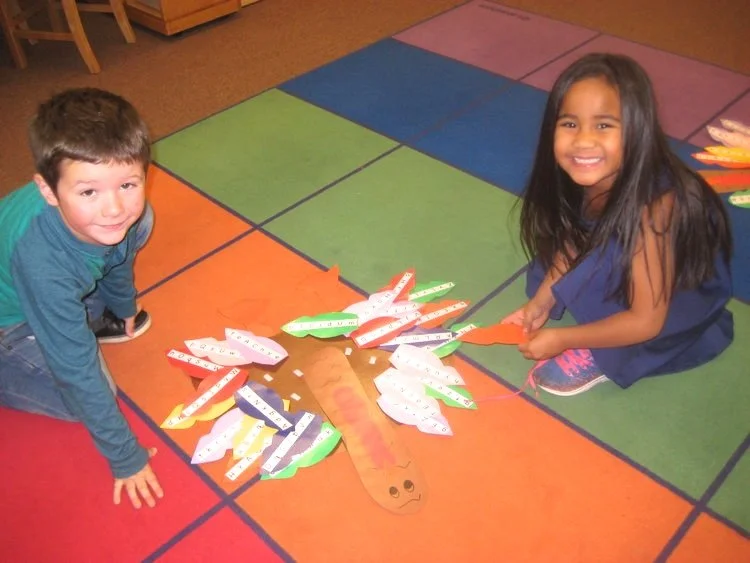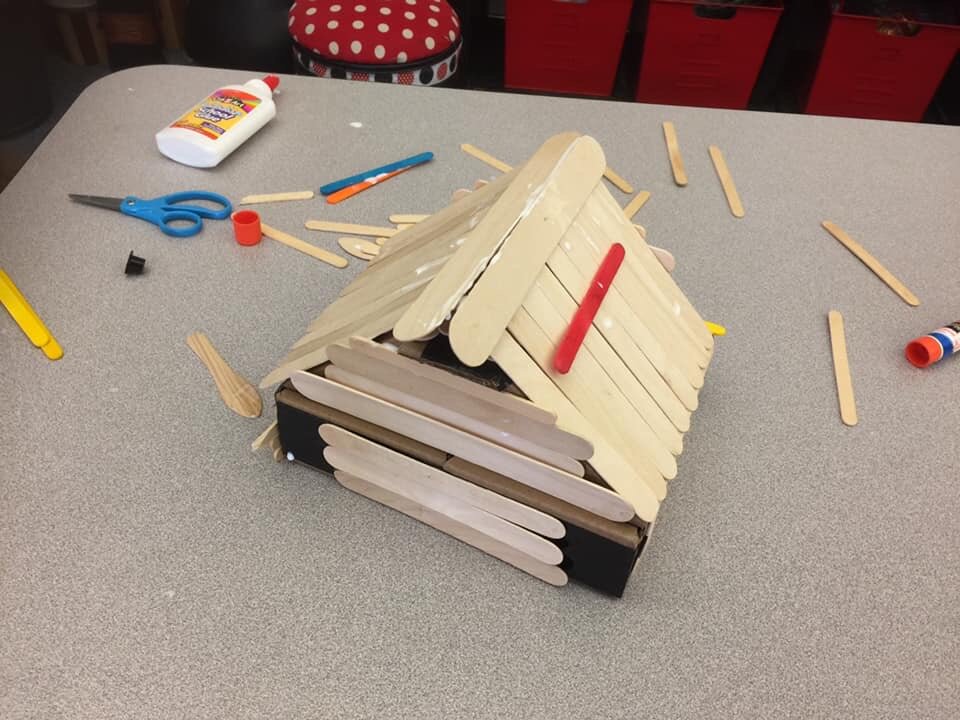Thanksgiving Themed Learning in Kindergarten
I’ll admit it, I have been doing those old fashioned thanksgiving projects for years. You know the ones: paper headbands and vest, thanksgiving feasts, making paper teepees... We are all on a journey of learning how to be more culturally responsible, and for me last year was when decided it was time to move to something more authentic, and, well… factual.
I wanted to do better for my students and expose them to information and learning opportunities that would allow them to experience what it was really like for Settlers and Native America children during the first Thanksgiving. In the end, after searching lots of products and reading countless articles, I decided to do activities that allowed my little learners to experience hands-on authentic skills such as writing their alphabet with quill pens, making paper quilts, planting corn, constructing finger bows (made from rubber bands and straws), and stitching paper clothing depicting the traditional clothes worn during this time in history, and foods they ate such turkey.
Build a Shelter STEM Challenge
One basic need that all people share is shelter. Creating shelters to protect from the elements was a problem common to both the Settlers and the Wampanoag. My student engaged in a small group STEM challenge where they attempted to create a model of their own shelter.
To begin the activity, we read books and watched videos to see how people in the past built shelter and we began to brainstorm ideas of what the students could build.
Next we explored our available materials. I provided foam bases, pipe cleaners, bundles of twigs, ribbon that looked and felt like tree bark, small boxes, tongue depressors, popsicle sticks, and lots of glue! The students
The students worked on their shelters for a week, tinkering and improving as they went. The students then worked to create homes from trees as made by the settlers.
Wampanoag Beads
Wampanoag wore beads fashioned from two kinds of shells. White beads were made from the whelk: a sea snail with a spiral shape. Purple beads were made from the quahog, a clam with purple and white coloring. The clams were harvested in the summer, their meat consumed, and the shells were then worked into beads. Wampum beads were difficult to make. Drilling (with stones) could shatter the clam and the dust from the drilling contained silica that cut up lungs if inhaled. Water was used to limit the dust. The shells were ground and polished into small tubes with a stone drill called a puckwhegonnautick. They were placed on strings made of plant fiber or animal tendon and woven into belts, necklaces, headpieces, bracelets, earrings—a variety of adornments depending on the status of the wearer. We made our own beads out of clay and turned them into necklaces.
You will find dozens of great activities in our Thanksgiving Thematic Unit and supporting products. Click on the links below.
And be sure to check out our great theme supporting supplements.




















